I’ve heard that it’s not very safe to drive on a plugged tire. Is that true? Why is repairing or replacing a damaged tire a better option than plugging a tire? What are the dangers of driving on a plugged tire?
We’ve all been there before. You wake up or walk to your car after work, only to look down and see a flat tire and a nail sticking out. You don’t have time to take your vehicle into an auto shop and need a quick fix. It’s a small nail, so you plug your tire and go on with your life.
You only meant for the plug to be a temporary solution until you could get the tire replaced. Then life happens, and it’s a few days before you can get a new tire. Those few days turn into months, which can quickly turn into a year. You may start to ask yourself if it’s really safe to drive on a plugged tire.
It turns out that installing a plug can have a serious impact on the life and integrity of your tire. That is if it’s safe to plug your tire at all. Here is what you need to know about plugged tires and how safe it really is to drive on one.
The first thing you should consider when plugging a tire is if it’s safe to install a plug in the first place. There are specific cases when it’s safe to use a plug. Outside of these scenarios, driving on a plugged tire could be dangerous to you and other drivers.
Depending on the size of the puncture, the extent of the damage, and the tread of your tire, you may not be able to repair the tire with a plug. The size of the hole must be no larger than 0.25 inches and must be located on the tread of your tire. If the puncture is on the shoulder or sidewall, then you will need to replace the tire.
The angle of the puncture also makes a big difference in the effectiveness of a plug. Ideally, the nail or object that punctured your tire went straight in. This would make a repair fairly straightforward. However, if the tire was punctured at an angle, the plug will have a hard time completely sealing the punctured area. Take note of how the nail or screw looks and the angle that it entered the tire.
However, if the tire was punctured at an angle, the plug will have a hard time completely sealing the punctured area. Take note of how the nail or screw looks and the angle that it entered the tire.
The age and quality of your tire is also an important factor in whether or not it can be plugged. If the tread on your tire has been worn below 2/32 of an inch, then your tread is too far gone to be plugged. If you’re wondering how you can measure this, 2/32 of an inch is the amount measured by the classic penny test. Make sure your tire passes the penny test before you even thinking of plugging it. If it doesn’t pass the test, then it’s probably time for a new set of tires anyway.
If you have to ask yourself whether or not your tire can be repaired, that may be a sign that it’s time to move on. A TIA-certified tire technician can inspect your tire and let you know for certain if it’s safe.
Another thing to think about when it comes to driving on a plugged tire is how your repair may impact the manufacturer’s warranty on your tire.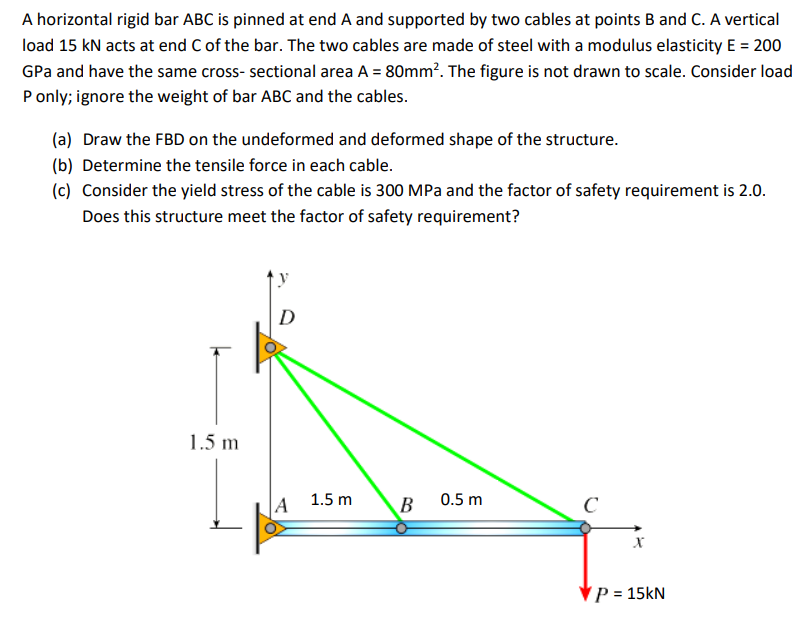 Improper repair and maintenance is a surefire way to void your warranty. Think twice the next time you consider opting for a DIY approach on your next tire repair.
Improper repair and maintenance is a surefire way to void your warranty. Think twice the next time you consider opting for a DIY approach on your next tire repair.
When it comes to the safety of your vehicle, it’s always best to leave things to the experts. By having your tire repaired by a certified professional, you can be confident your repair is performed properly, and your manufacturer warranty is still “good.”
The biggest problem with driving on a plugged tire is that you still have a hole in your tire! While it may be a temporary fix, it’s important to recognize that there is still a structural failure in your tire that needs to be addressed.
It only makes sense that a plugged tire cannot handle the same level of stress and strain as a tire in good condition. This is especially true when you start reaching higher speeds on the highway. The manufacturer won’t support a tire’s speed rating once it has been repaired. So, if you plan on racing, off-roading, or just want to go fast, a plugged tire isn’t going to work.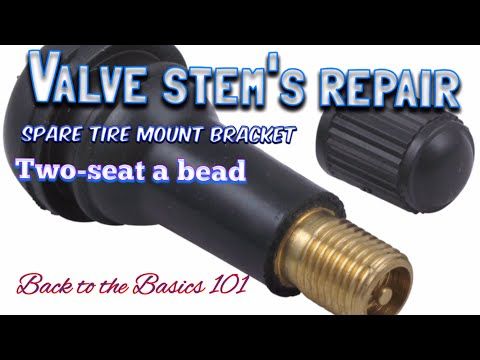
Over time, it’s possible for that small puncture to slowly get larger. This results in a greater loss of air while also increasing your chances of a blowout on a road. Furthermore, the plug itself may fail while you are driving, putting you back where you started.
In the event of a flat tire from a nail or screw, the best course of action is always to replace the tire. A plug or patch for your tire may help tide you over until you can have it replaced, but it’s important to remember that a plug is meant to be a temporary fix.
While it may be tempting to see how far you can get with a five-dollar repair, the consequences of a plugged tire failing will be much worse than if you had replaced the tire in the first place.
If you just purchased a tire or recently bought a set of expensive tires, it can be a frustrating experience. If this is the case and you hope the tire can be saved, it may be worth it to have it inspected by a professional.
The TIA-certified tire experts at Tread Connection know how to properly diagnose, inspect, and repair flat tires. When you work with Tread Connection for your flat repair, the tire will be removed from the wheel and carefully inspected inside and out. This helps us ensure whether or not it can be safely repaired.
If the tire can be repaired, our team will take care of it for you. In the event that your tire cannot be safely repaired, our team will recommend a replacement from our wide range of tires to find the right one for your needs, and your budget.
It’s never worth it to gamble when it comes to the safety of you and your vehicle. Don’t try to see how long you can drive on that plugged tire. Have your tire inspected and repaired the right way by the TIA-certified tire experts at Tread Connection.
We bring the tire shop to you and can repair your flat or replace your tire at your home and on your schedule. Schedule your tire service with Tread Connection today!
Schedule your tire service with Tread Connection today!
BUY TIRES
A punctured tire while in traffic is an annoying thing. Each case will have different treatment methods. However, users choose the technique of plugging or patching that is the most popular because it helps to completely overcome the situation of a punctured tire quickly and saves money.
So, is plugging a tire safe? This measure is only a temporary fix, and it will not be safe on a long road. But, it’s possible for you to try to stay on the short one.
Scroll down, and learn more about this topic in the article below.
Is Plugging A Tire Safe?The tire plug method has been confirmed by experts to be effective.
The working principle is to use a specialized wire to seal the vent hole. The particular substances in the cord are solid, and they can automatically contract or expand very quickly, a way that helps to adapt to any shape of the hole.
However, this fix is not recommended by many people. Why?
Manufacturers only recommend using the plug cord as a temporary solution despite the miraculous effect before taking long-term repair measures. The reason comes from the objectivity of the items; they have shown that many potential dangers surround the problem.
Specifically, environmental influences such as air and moisture will penetrate the body to degrade and destroy the wheel structure, causing dangers.
Over time, by the state of corrosion that will weaken the steel wheel belt, the rubber tires bonded to increase impact. Another risk when repairing a puncture with a plug is damage to the inner wheel body. You can’t tell what damage is there with the naked eye.
But you absolutely should not confuse effectiveness with risk. It is pretty safe for you to use a plug to repair a punctured tire if you are moving the vehicle for a short distance. Consequences and risks are situations that occur in the future.
There are many definite causes of tire damage, including hitting sharp objects, worn tires. If you maintain the condition above the pressure, it may cause the tire to fail. If the vehicle cannot be repairable immediately, use the measures:
Tire plugIt will be pretty convenient if you have experience in the profession. The process is quite simple:
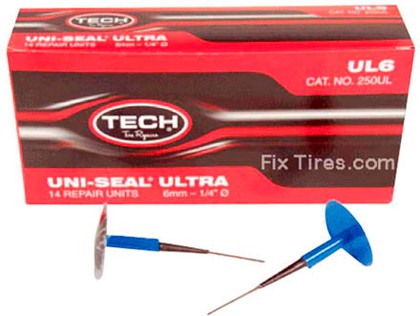
For detailed guides, check out this video below:
It is a temporary solution. If you want to use it for a long time, regularly check the quality of the tires to control the condition the wheel is having.
Replace your tiresThe second way to repair a wheel is to get a new one.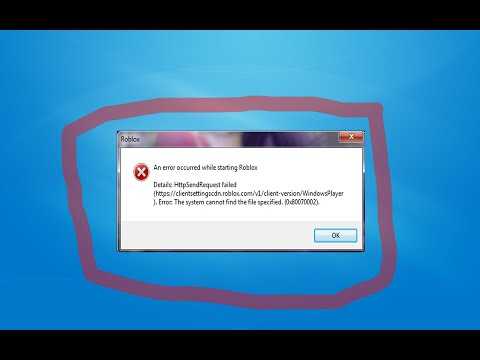 It is a great solution, ensuring the safest for you. Although the money you have to spend is quite expensive, it comes with a guarantee of the features of a wide tire, minimizing the risks you are facing.
It is a great solution, ensuring the safest for you. Although the money you have to spend is quite expensive, it comes with a guarantee of the features of a wide tire, minimizing the risks you are facing.
No, we’ve emphasized quite a few times that a plug is only a temporary solution before you can change the wheel or have a more permanent fix.
It would help if you understood that the vent plug is designed for temporary use only, as it tends to leak over time, releasing the air through the hole when traveling at high speeds.
Besides, the plug wire can be soaked in water, rusting and damaging the entire wheel structure.
When Should You Not Plug A Tire?The cases in which you should not plug the models are as follows:
Patches are often more effective than plugs, at least in timing.
A plugged-in model is only safe to travel for 8 miles so that you can move the car farther, longer with the patch repair option.
Patches are usually less affected by the environment, so the life of a punctured one when patched can be up to 7-10 years with careful maintenance.
How Long Do You Wait After Plugging In The Model?You need to wait more than 5 minutes. When the adhesives are completely dry, the plug is firmly fixed at the mouth of the hole to ensure that water and moisture cannot penetrate so that you can drive with peace of mind.
ConclusionIn this article, we have presented the knowledge related to car repair with the tire plug method. We hope to help you when encountering this situation.
Thank you, and see you in our next update!
This post was last updated onAuthor: Aleksey Kokorin
Experienced drivers are not surprised by such a trifle as a puncture, but for the first time beginners usually get confused in the sequence of actions, forget about important details and do not know what to do with a punctured wheel even in a tire shop - especially if they start offering choose from several options or intimidate with expensive repairs. Let's set up an operation algorithm when a flat tire is detected and figure out what to do right away and what to choose later. nine0013
What to do when you find a puncture
Having found a flat tire, first of all you need to stop in a safe place, turn on the alarm, assess visibility and, if necessary, set an emergency stop sign: according to traffic rules, it is installed at least 15 meters from the car in the village and at least 30 meters outside the settlement. When choosing where to stop, consider the space to the side of the vehicle to handle a flat tire. You should not stop right on the road and in places where stopping and parking are prohibited: even if a punctured wheel belongs to the conditions of a forced stop, it is quite possible to drive several tens of meters on it to choose a safe and convenient parking place. At night or in conditions of limited visibility (for example, in fog or rain), it is imperative to wear a vest with retroreflective elements - this is required by clause 2.3.4 of the SDA and common sense. nine0013
When choosing where to stop, consider the space to the side of the vehicle to handle a flat tire. You should not stop right on the road and in places where stopping and parking are prohibited: even if a punctured wheel belongs to the conditions of a forced stop, it is quite possible to drive several tens of meters on it to choose a safe and convenient parking place. At night or in conditions of limited visibility (for example, in fog or rain), it is imperative to wear a vest with retroreflective elements - this is required by clause 2.3.4 of the SDA and common sense. nine0013
Now you can start working on the wheel. We will sequentially consider several options for action, and then move on to ways to repair a damaged tire.
The most obvious solution to a flat tire is to replace it. If you have a spare tire that you are sure is in good condition, the best option is to install it and visit a tire shop to repair a punctured tire - such repairs will be more reliable and of high quality than doing it yourself.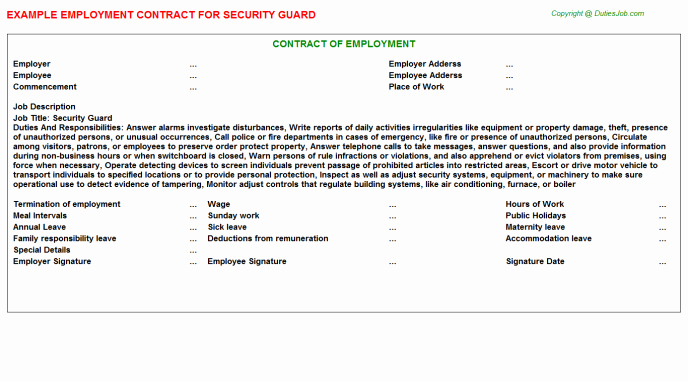
If you don't have a suitable spare tire, but you do have a pump or compressor, you can assess the damage to the tire and try to pump it up again to get to the tire shop. It is better to start searching for an air leak with a valve (aka “nipple” or “nipple”): often a faulty spool becomes the cause of a flat tire. It is easy to check it: unscrew the protective cap (if there is one), pour water on it (or slobber it, as in childhood): air bubbles will leak. In this case, you can try to replace the spool valve by unscrewing it and screwing in a new one, but if there is no new valve, as well as a store nearby, you can try just unscrewing and screwing it back in. Regardless of whether it helped or not, you need to visit a tire shop to replace the entire spool or valve. nine0013
If the valve is tight and the tire is flat, it is most likely a puncture. The easiest way to find a puncture that is free of foreign objects is to pour water on the tire while looking at the surface: the damage will reveal itself as air bubbles. However, often the cause of the puncture can be found along with it: a self-tapping screw, nail or other arbitrary object sticking out of the wheel will clearly indicate the place of depressurization. In this case, you do not need to immediately remove the foreign object from the tire: it partially seals the hole, and if the pressure loss is slow, you can try to pump up the wheel and drive to the tire shop. nine0013
However, often the cause of the puncture can be found along with it: a self-tapping screw, nail or other arbitrary object sticking out of the wheel will clearly indicate the place of depressurization. In this case, you do not need to immediately remove the foreign object from the tire: it partially seals the hole, and if the pressure loss is slow, you can try to pump up the wheel and drive to the tire shop. nine0013
The same goes for wheels that are leaking from the rim or from a faulty valve. Usually, in this case, the air is bled slowly, and you can pump up the wheel and have time to get to the place of repair. By the way, rim leakage can occur due to disk deformation upon impact - for example, when hitting a pit with sharp edges. Such situations are fraught with damage to both the disk and the sidewall of the tire, in which case the disk will need to be corrected, and the tire repaired or even replaced. To avoid rim leaks, you need to inspect the rims every time you change tires.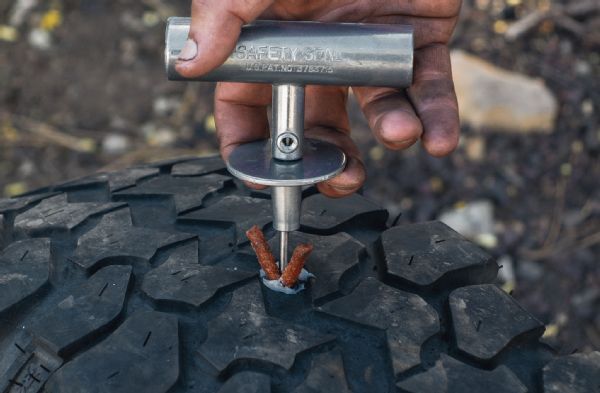 The loss of tightness occurs either due to corrosion or due to disc deformation, and not only steel, but also light alloy wheels can corrode. So if you see paint blistering or rust on the rim, the tires need to be put on rim sealant: when changing tires, this will be cheaper than the subsequent removal and re-tire to fix a leak on the rim. nine0013
The loss of tightness occurs either due to corrosion or due to disc deformation, and not only steel, but also light alloy wheels can corrode. So if you see paint blistering or rust on the rim, the tires need to be put on rim sealant: when changing tires, this will be cheaper than the subsequent removal and re-tire to fix a leak on the rim. nine0013
If you find a puncture, but there are no foreign objects in it, and you do not have a spare wheel and tire repair kits, there is another popular method of temporary "repair". You can screw a self-tapping screw into the found hole - if, of course, you have one. In extreme cases, you can look for a self-tapping screw in the cabin by unscrewing it from some interior detail. This method cannot be called reliable: it is unlikely to ensure complete tightness of the wheel, but at least it can help you get to the nearest tire shop. nine0013
And a couple more useful remarks. If the wheel is completely flat, then it is easier to inflate it without a spool: the latter must be unscrewed, then the tire must be inflated and quickly screwed back in.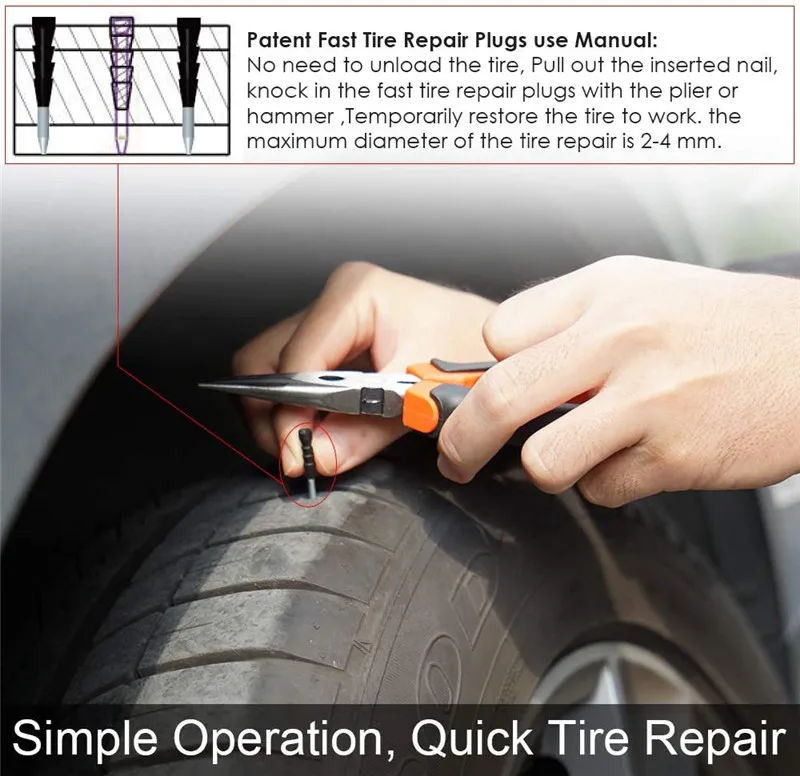 The fact is that the spool itself, when inflated, resists the compressor, and in the event of a loose fit of a flat tire to the disk, the power of a simple magazine compressor may not be enough, and the absence of a spool helps to increase air flow and facilitate the operation of the compressor. If this does not help, you can jack up the car by hanging a flat tire: this will improve the fit of the tire to the disk, and the chances of inflating the tire will increase. nine0013
The fact is that the spool itself, when inflated, resists the compressor, and in the event of a loose fit of a flat tire to the disk, the power of a simple magazine compressor may not be enough, and the absence of a spool helps to increase air flow and facilitate the operation of the compressor. If this does not help, you can jack up the car by hanging a flat tire: this will improve the fit of the tire to the disk, and the chances of inflating the tire will increase. nine0013
On-Site Repair Methods
Now let's look at options for repairing a tire yourself using special materials that you should carry with you or, if a puncture caught you in the city, buy it at the nearest auto shop.
1. The most common, cheapest and easiest way to do it yourself is to install a raw rubber band. The harnesses are sold complete with an abrasive awl to expand the hole in the tire and improve the contact of the repair harness with its edges, as well as a needle for installing the harness and an adhesive to fix it and at the same time seal the puncture. When choosing a repair kit in a store, you should pay attention to the following nuances:
When choosing a repair kit in a store, you should pay attention to the following nuances:
Install the harness in the following order. First, the found hole is expanded with an abrasive awl - you need to insert and remove it several times into the puncture site. Then the tourniquet is inserted into the eye of the needle, and glue is applied to it. After that, the needle with the tourniquet must be inserted into the hole in the tire and pulled out sharply - so that the tourniquet remains in the hole, and the needle comes out without it. If everything worked out, it remains only to cut the end of the harness flush with the surface of the tire and pump up the wheel. nine0013
The advantages of repairing with a harness are quite decent reliability, simplicity and low cost. On a well-repaired tire, you can drive for a long time, and if the repair site starts to poison, you can either replace the harness or have the tire repaired in a quality service. Among the minuses is the possibility of damaging the cord during installation, as well as lower reliability compared to “full-fledged” repair methods in a tire shop. Strictly speaking, a tourniquet is still a temporary repair, so if it is possible to pump up a wheel and get to a tire fitting, then it is better not to enlarge the hole in the tire and get to the experts. nine0013
On a well-repaired tire, you can drive for a long time, and if the repair site starts to poison, you can either replace the harness or have the tire repaired in a quality service. Among the minuses is the possibility of damaging the cord during installation, as well as lower reliability compared to “full-fledged” repair methods in a tire shop. Strictly speaking, a tourniquet is still a temporary repair, so if it is possible to pump up a wheel and get to a tire fitting, then it is better not to enlarge the hole in the tire and get to the experts. nine0013
2. The second repair option is aerosol liquid sealants sold in cans. To repair a punctured tire with sealant, you need to remove the foreign object from the puncture site, then pour the sealant into the wheel through the valve, twist it to distribute the composition inside the tire, pump up the wheel and drive several kilometers at low speed for the final uniform distribution of the sealant.
Among the advantages of this repair is the simplicity and less labor intensity compared to installing a harness. However, there are also disadvantages: the larger the hole, the higher the chance that the sealant will not be able to eliminate it, and such a repair can affect the wheel balance. Compared to a tourniquet, it can be considered even less reliable and preferable, but simpler. nine0013
However, there are also disadvantages: the larger the hole, the higher the chance that the sealant will not be able to eliminate it, and such a repair can affect the wheel balance. Compared to a tourniquet, it can be considered even less reliable and preferable, but simpler. nine0013
Repair options at a tire shop
If you put on a spare tire and brought the wheel to a tire shop, you may also be offered several repair options. Consider the most popular with an indication of the advantages and disadvantages.
1. The first repair method is the same harness installation as described above. As we remember, the tourniquet refers to a temporary repair, so among tire specialists this method is considered bad form, but many workshops do not exclude it from the list of services. All the advantages and disadvantages are the same here: such a repair will be the fastest, simplest and cheapest, but less reliable than other methods. It is worth choosing it in cases where the price and / or speed of the procedure is more important to you than anything else. If quality is a priority, then it is better to fork out for the options listed below. nine0013
If quality is a priority, then it is better to fork out for the options listed below. nine0013
2. The second option for repairing a puncture is to install a patch on the inside of the tire, the so-called cold vulcanization. In this case, the tire is removed from the disk, the surface around the puncture is treated with an abrasive, and the damage is sealed with a special patch. This is a more preferred repair method than a tourniquet: it is more reliable and durable, especially in the case of side punctures, when not the thick tread part of the tire is damaged, but the thinner sidewall. Among the minuses, only a higher cost can be noted: in addition to the actual tire repair, you will have to pay for the removal and installation of the wheel (or do it yourself), tire fitting and balancing. nine0013
3. The third option is a "complex" of the first and second: installation of the so-called repair "fungus". The “hat” of the fungus is a patch, and the “leg” is threaded from the inside of the tire to the outside.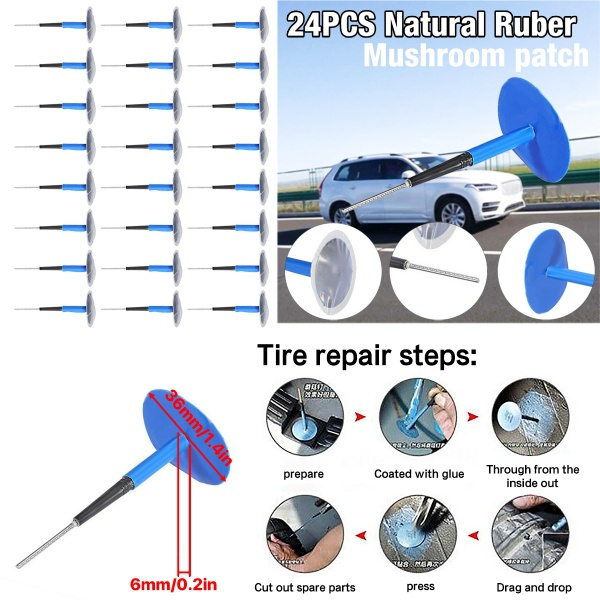 After gluing the patch, the excess part of the leg is cut off, as in the case of the tourniquet. Thus, not only the inner surface of the tire is closed, but also the hole itself. The advantages and disadvantages of this repair method are generally the same as those of a patch.
After gluing the patch, the excess part of the leg is cut off, as in the case of the tourniquet. Thus, not only the inner surface of the tire is closed, but also the hole itself. The advantages and disadvantages of this repair method are generally the same as those of a patch.
4. An extreme, “emergency” measure when repairing a punctured wheel is to install a camera in it. Typically, this method is used for tires that are no longer worth repairing, or “for reliability” after repairing a complex puncture. It should be understood that almost all modern tires are tubeless, that is, they are not designed to install a camera, so it’s not worth driving a wheel repaired in this way for a long time. Installing a tube is a temporary solution for riding until a new tire is purchased, and sometimes such wheels are left as spares. So this repair method can be kept in mind as a backup. nine0011
Finally
We have deliberately left out of this text such methods as combined repair of tires with a tourniquet and a patch and hot vulcanization. The first is used quite rarely and for specific damage, and it is enough just to know about its existence. Well, the second is used to repair serious side cuts, and it is not only rare, but also very expensive. The cut site in this case is prepared, filled with raw rubber and processed with a hot press for vulcanization. Equipment for this procedure is not available in every tire shop, and the cost of repair can be about half the cost of a new tire. nine0013
The first is used quite rarely and for specific damage, and it is enough just to know about its existence. Well, the second is used to repair serious side cuts, and it is not only rare, but also very expensive. The cut site in this case is prepared, filled with raw rubber and processed with a hot press for vulcanization. Equipment for this procedure is not available in every tire shop, and the cost of repair can be about half the cost of a new tire. nine0013
interesting popular questions
Articles / Used cars 5 reasons to buy and not to buy Kia Cerato III (YD) A rather large, but inexpensive sedan in Russia could not fail to please buyers. And I liked Cerato. Cars of the third generation appeared in 2013, and every year sales only grew ... 2382 2 one 25.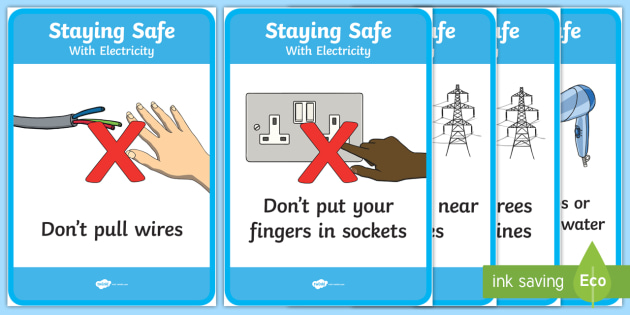 12.2022 nine0011
12.2022 nine0011
Articles / Auto and technology Kilometers of roads, tons of oil, liters of oil: bloggers Alexey Zhirukhin and Sergey Lysenko completed their trip along the “oil route” Alexey Zhirukhin and Sergey Lysenko returned to Moscow after completing a fourteen-day tour of 12,000 km, going all the way from the well to the consumer. Today - w... 511 0 0 23.12.2022 nine0011
Articles / Interesting What to do if after buying a car there is a ban on registration or pledge One of the most unpleasant situations when buying a used car is when the new owner comes to the traffic police for re-registration and finds out that the car has been banned from registering . .. 1122 0 one 23.12.2022 nine0011
.. 1122 0 one 23.12.2022 nine0011
Test drives / Test drive Haval Dargo vs Mitsubishi Outlander: the dog is barking, the stranger is coming In the Haval dealership in the south of Moscow, life is in full swing: buyers look at cars, communicate with managers and sign some papers. While I was waiting for the test Dargo, the same cross... 19784 7 205 13.09.2022
Test drives / Test drive Motor from Mercedes, emblem from Renault, assembly from Dacia: test drive of the European Logan 1.0 It would seem that what's new can be told about the second generation Renault Logan, known to every Russian taxi driver, as they say, up and down? However, this car has. .. 15618 10 41 08/13/2022 nine0011
.. 15618 10 41 08/13/2022 nine0011
Test drives / Test drive Geely Coolray vs Haval Jolion: Free Cheese? If! Do you want to buy a car today with a full warranty, on credit at an adequate rate, without wild dealer markups? Now this is still a task, because a full-fledged chain of "representation - s... 13060 26 thirty 08/10/2022 nine0011
Trouble with the wheel can happen at any time and to anyone. Now we will tell you what to do in this case and how to understand that the wheel is broken or dangerous to use. When repair is suitable, and when the tire is only subject to replacement.
In addition to the banal nail sticking out of the wheel, there are indirect signs of tire deformation:
while driving, the car leads to one side; nine0011
ride stiffness increased;
became worse handling and maneuverability;
extraneous sounds appeared in the car, similar to champing;
other drivers on the road honk and draw attention.
Outwardly, tire failure may look like swelling or a foreign object can be seen. Sometimes the foreign object is not visible, but the tire is flat or the cut is visible. nine0011
In any of these situations, it is no longer possible to drive the car further, but it is necessary to repair the tires.
The most common cause of tire failure is poor road quality or improper vehicle operation. Another reason is tire tread wear. The transverse protrusion at the bottom of the tread groove is the tire wear indicator, do not ignore the tread indicator.
The transverse protrusion at the bottom of the tread groove is the tire wear indicator, do not ignore the tread indicator.
By the way, if you were driving technically correctly and hit a deep pothole, then the responsibility for this lies with the road service. You can call the traffic police and draw up a protocol, take the case to court. nine0011
There are several types of tire failure, let's look at the differences.
The most harmless option. But the use of such rubber is strictly prohibited. This is fraught with deformation of the sidewall, the tire overheats, delaminates, the cords break, and the wheel frame becomes unusable. So the harmlessness ends with the beginning of the trip. Definitely need repair, independent or in the tire center. nine0011
When a tire is punctured, the cord may or may not be damaged. When removing the culprit of the deformation, inspect the puncture site well. The edges are even and close well - the cord is not damaged. Then tire repair can be done without removing the wheel.
The edges are even and close well - the cord is not damaged. Then tire repair can be done without removing the wheel.
What to do to repair:
Further actions depend on the repair kit that you use.
If it is a sealant, it must be poured through the nipple, turn the wheel with the deformation down and wait for sealing. nine0011
If you have a tourniquet or insert, then the edges of the hole need to be sanded, treated with a special compound, and with the help of an awl, plug the puncture with a tourniquet. Then pull out and cut flush with the rubber surface.
If the cord is damaged:
But the repair does not end there, further balancing of the wheel will be needed. But the price for this service is still lower than the cost of a new tire. nine0011
Moisture and air enter the cord through cracks. The tire is failing. In this case, tire repair is not possible, only replacement.
Due to the cut, the integrity of the frame is violated and it will no longer be possible to restore it, the repair will not save. In addition, this most often occurs on the road, and after a cut, the tire has time to make a few more revolutions, which leads to even more damage.
Repairing side cuts is the most difficult of all. A longitudinal incision can only be repaired if it does not exceed 35 mm. And the transverse should be no more than 25 mm. This is due to the extent of the violation of the integrity of the threads. But even with a slight deformation, we do not recommend repairing side cuts. It is better and safer to change the tire. Even the best side cut repair does not guarantee that an obstacle or contact with a bump in the road at high speed will not lead to tire blowout and loss of control. This is too high a price to pay. nine0011
The cord breaks or the frame exfoliates.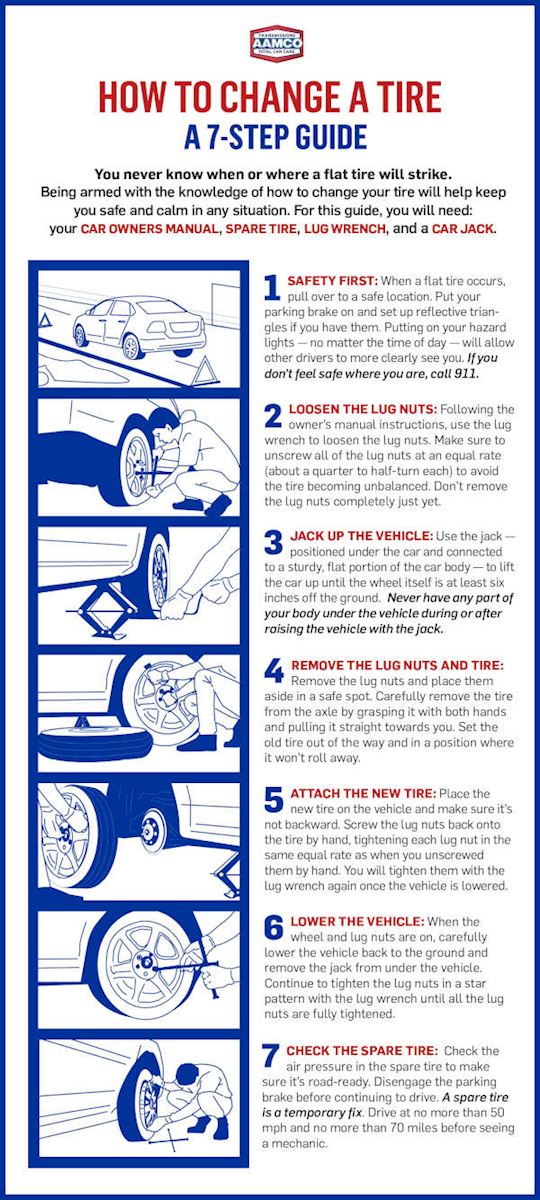 As a result, a hernia appears. This happens due to impact, collision with an obstacle, factory defects. As with a fissure, a hernia cannot be repaired. Another danger is that the hernia can explode at any moment. So you need to drive very carefully to the nearest service station, and it is better to rearrange the damaged wheel back.
As a result, a hernia appears. This happens due to impact, collision with an obstacle, factory defects. As with a fissure, a hernia cannot be repaired. Another danger is that the hernia can explode at any moment. So you need to drive very carefully to the nearest service station, and it is better to rearrange the damaged wheel back.
There is an option to put a reinforced patch on the hernia, but it does not guarantee safety on the road. Such repairs can be considered only to reach the destination. nine0011
Whatever damage to the wheel may overtake you on the road, we do not recommend trying to repair it yourself, especially without special skills. Repair of hernias, punctures, cuts and even side cuts of tires is available in the network of service centers of the Wheel for Free, and if it is not possible to repair or it will not be practical, the masters will offer to replace the tire.
There is no perfect way and guarantee to permanently avoid tire damage.